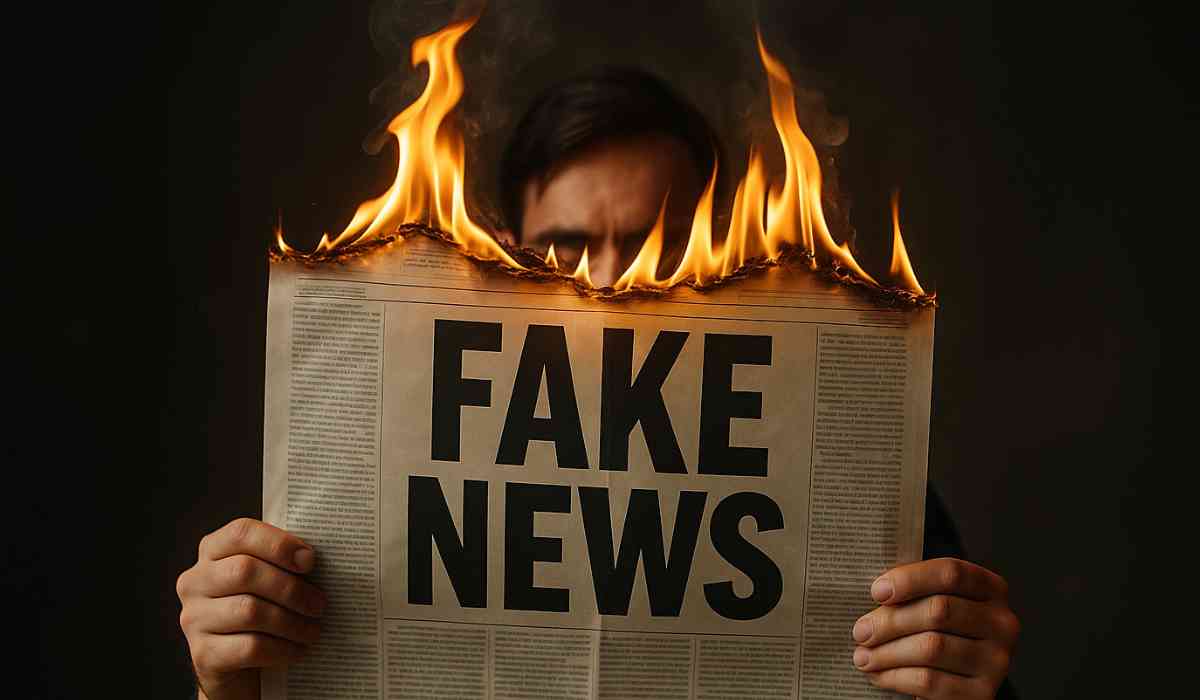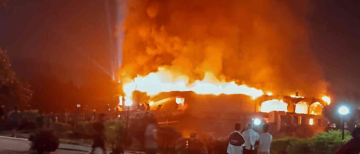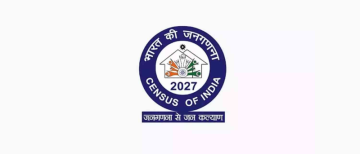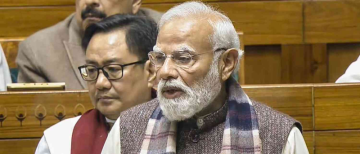In recent weeks, tensions between India and Pakistan have escalated dramatically, leading to a surge in news coverage and social media activity. However, alongside genuine updates, a wave of misinformation has flooded television screens and online platforms, leaving many people confused and anxious. This situation raises a crucial question: Should Indian TV news channels be held responsible for spreading misinformation and creating mass frenzy during such sensitive times?
The Spread of Misinformation: What Happened?
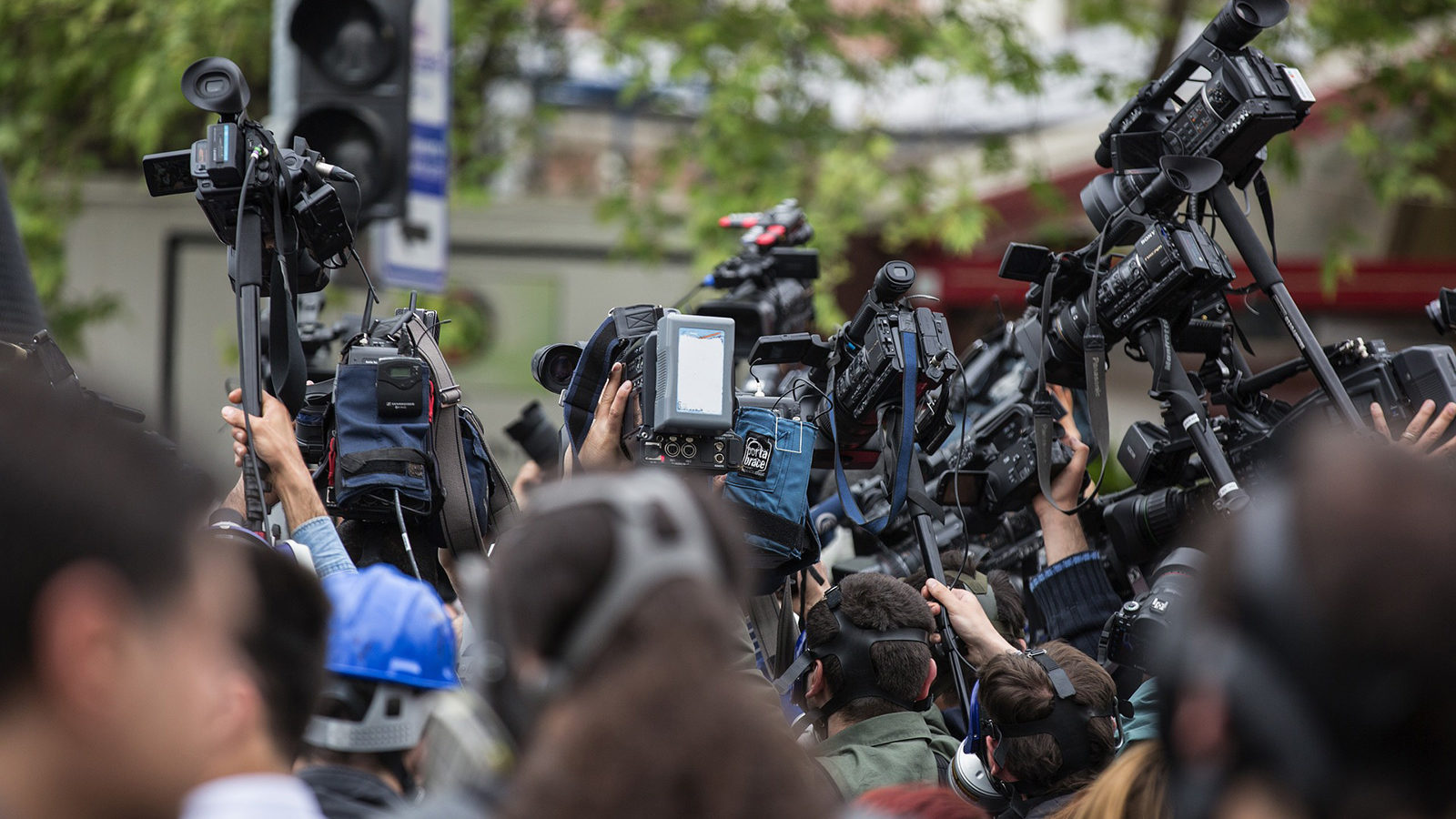
As the conflict intensified, numerous fake videos and misleading reports began circulating on social media and were even picked up by mainstream news channels. For example, a video showing missiles streaking across the night sky was widely broadcasted by Indian news channels as evidence of Indian strikes in Bahawalpur, Pakistan. Fact-checkers later revealed that the footage was actually from an Israeli airstrike on Gaza in 2023, not related to the current conflict at all.
Other examples include recycled images, AI-generated visuals, and old videos from unrelated incidents, such as fires in Texas or explosions in Lebanon, being presented as breaking news from the India-Pakistan border. In some cases, news anchors and reporters amplified these unverified claims, further fueling public panic and confusion.
Government Response and Fact-Checking Efforts
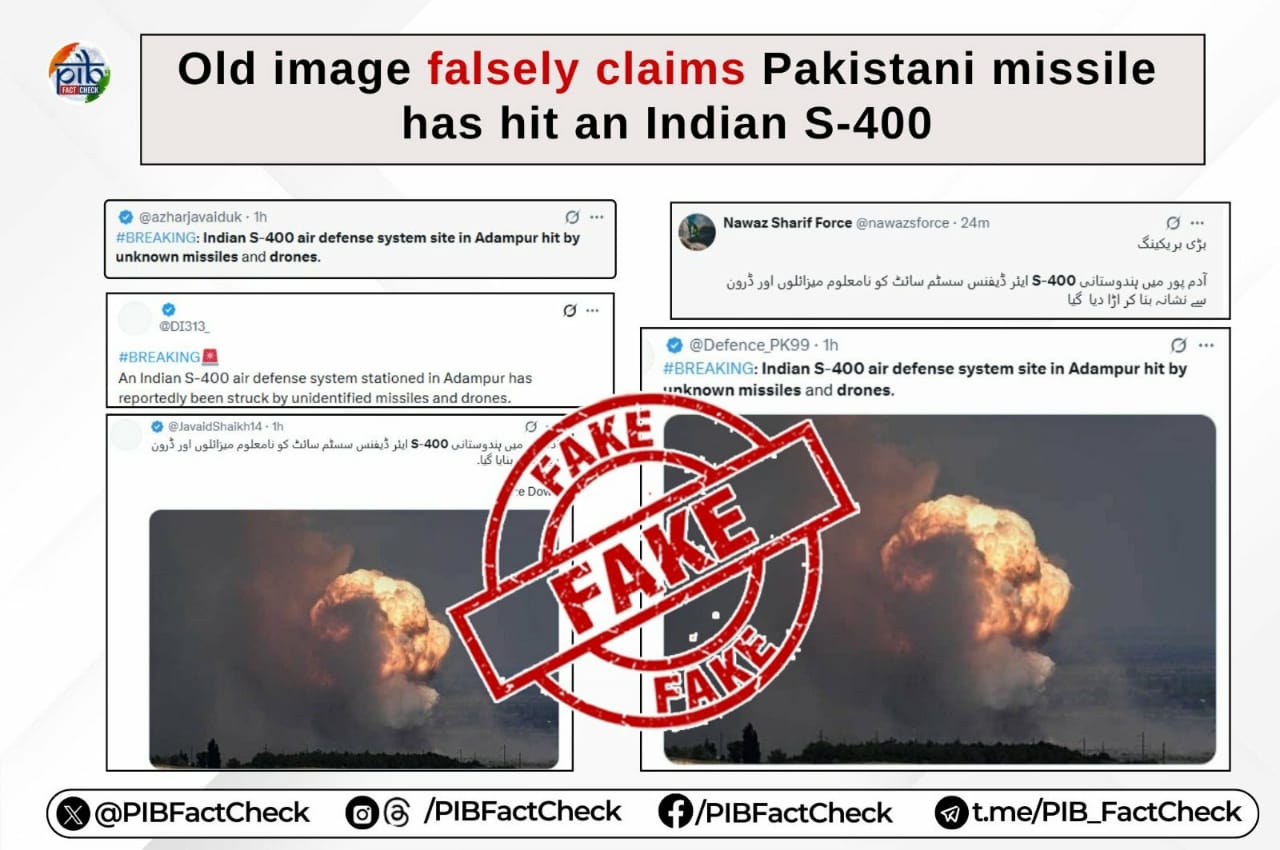
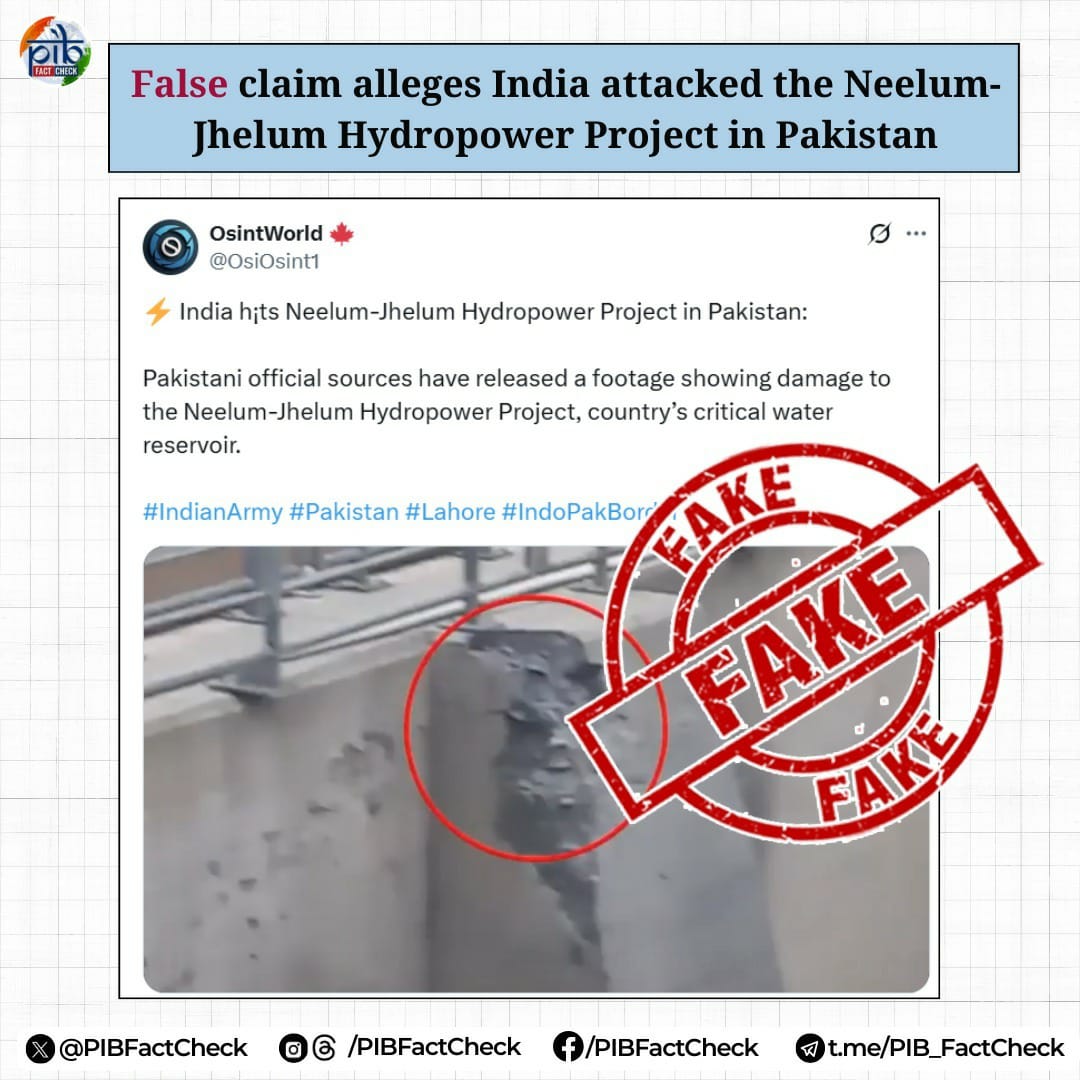
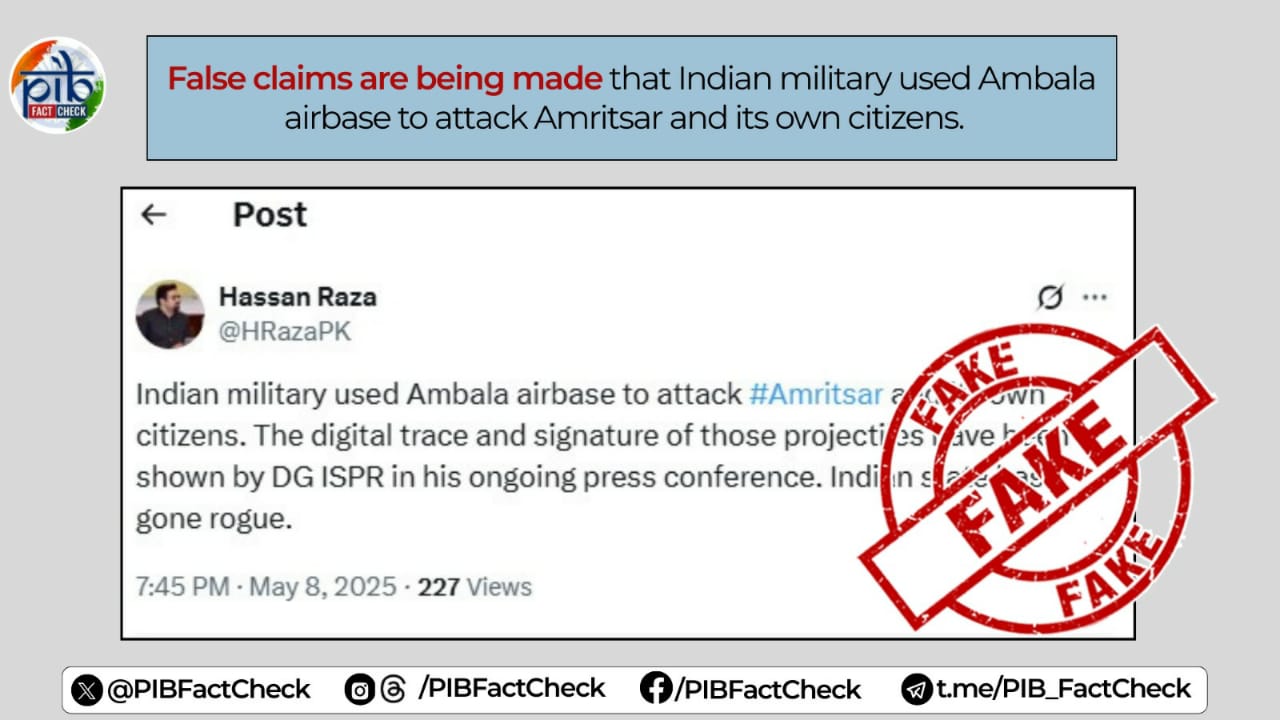

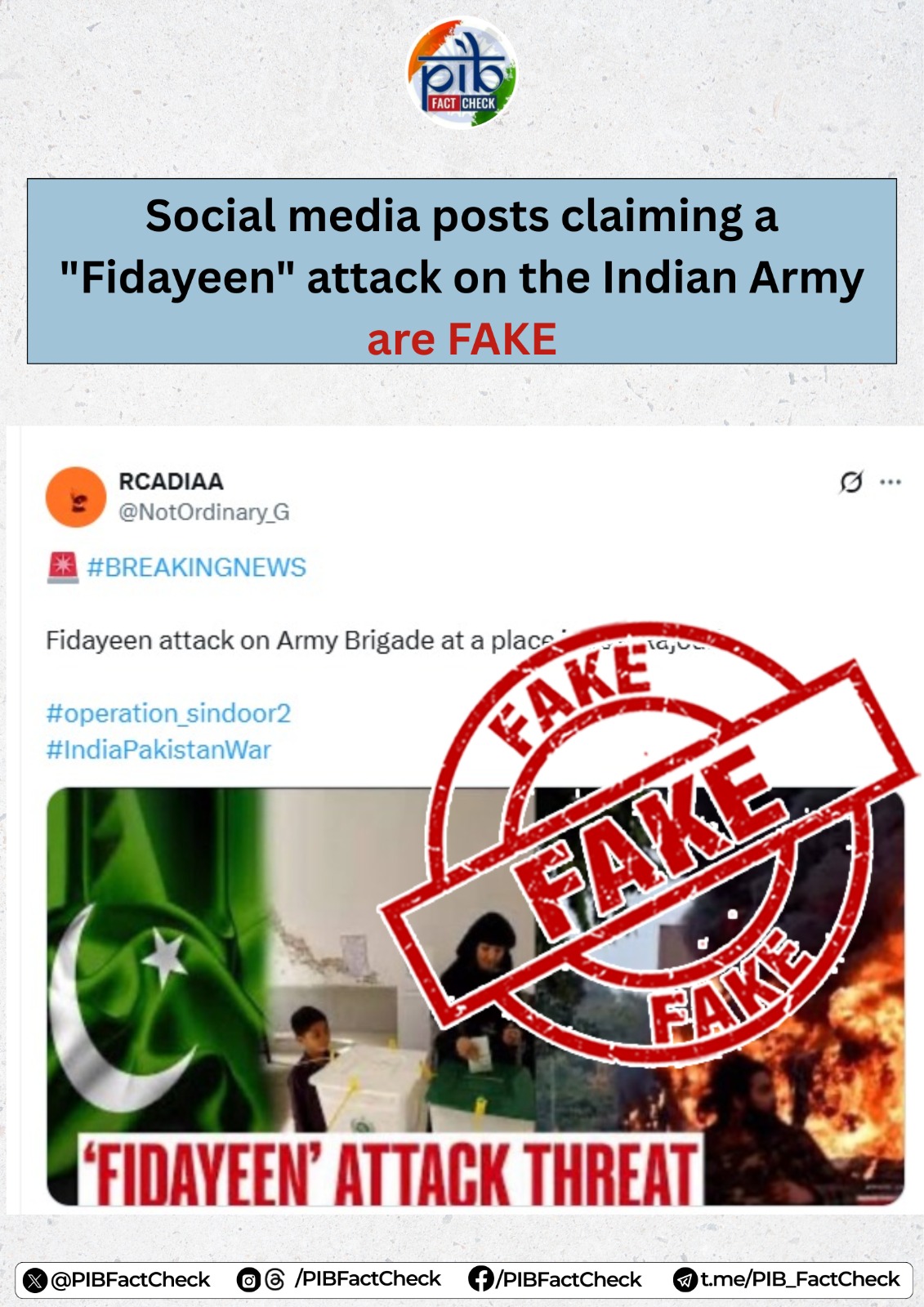
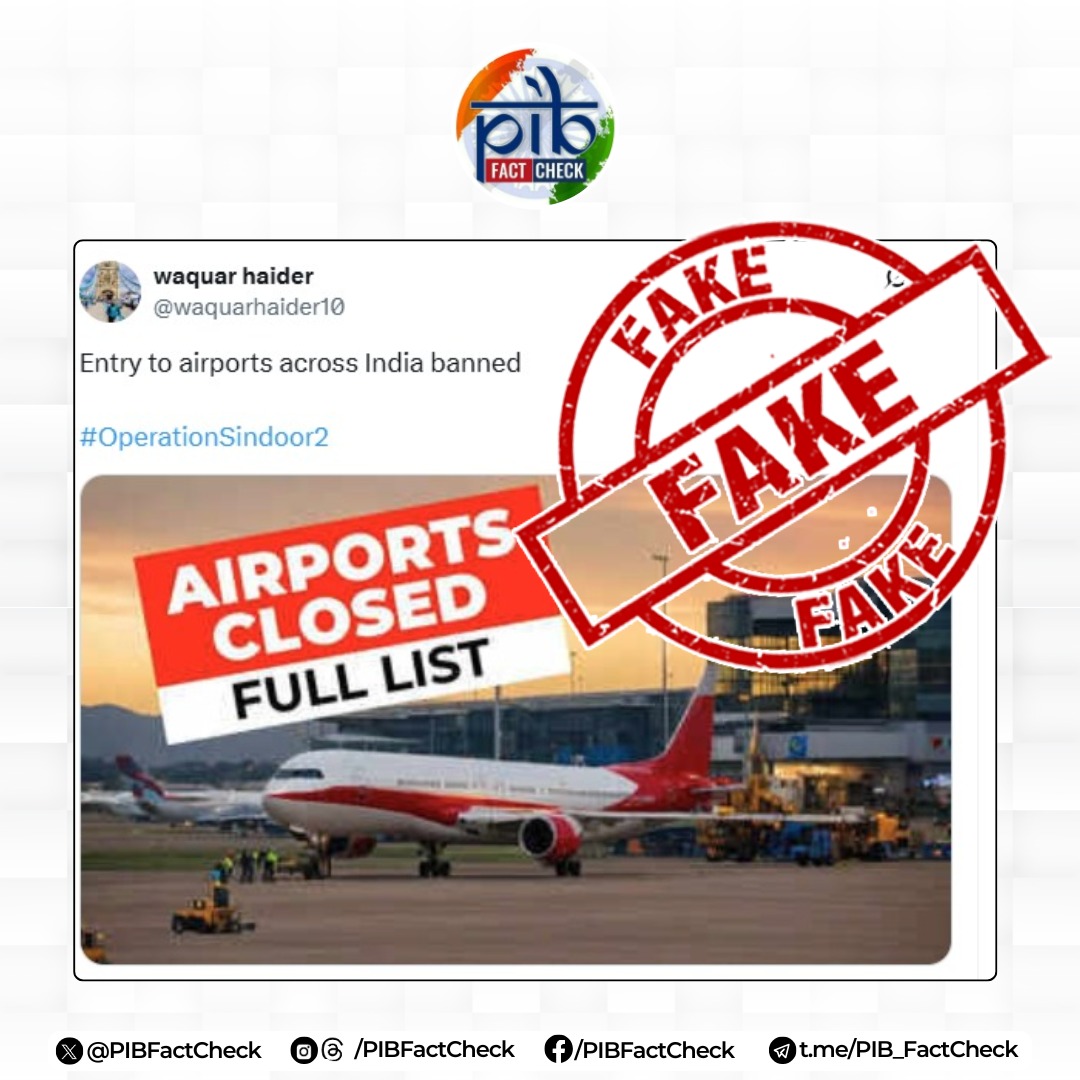
The Indian government quickly recognized the dangers of this misinformation. Official advisories were issued, urging citizens to rely only on verified information from trusted government sources and not to share unverified news. The Press Information Bureau (PIB) and independent fact-checkers worked around the clock to debunk viral falsehoods, posting corrections and clarifications on social media platforms.
In addition, India took action against foreign sources of misinformation, banning several Pakistani YouTube channels that were spreading provocative and false content about the Indian Army and national security. These channels had millions of subscribers and were found to be intentionally spreading panic and communal tension after the recent attacks in Jammu and Kashmir.
Why Does Misinformation Spread So Easily?
There are several reasons why misinformation spreads so quickly during times of crisis:
-
Breaking News Pressure: News channels often rush to be the first to report on new developments. In this race, fact-checking sometimes takes a back seat, leading to the broadcast of unverified or false information.
-
Social Media Amplification: Social media platforms allow videos and rumors to go viral within minutes, reaching millions before they can be verified.
-
Emotional Impact: Shocking visuals and dramatic headlines grab viewers’ attention, making them more likely to share and believe such content, even if it is not accurate.
The Impact on Society
The consequences of spreading misinformation are serious. When news channels air unverified claims, it can:
-
Create unnecessary panic and fear among the public.
-
Distract authorities and emergency services from real issues.
-
Damage trust in the media and official sources.
-
Escalate tensions between communities and countries, sometimes even leading to violence.
Should TV News Channels Be Held Responsible?

It is clear that news channels have a responsibility to verify information before broadcasting it, especially during sensitive situations like cross-border attacks. When they fail to do so, they risk misleading millions and contributing to mass hysteria.
However, the problem is complex. The speed at which news develops and spreads makes it challenging for journalists to verify every piece of information instantly. Sometimes, even experienced reporters can be misled by convincing fake videos or official-sounding rumors.
What Can Be Done?
-
Stricter Verification: Newsrooms should strengthen their fact-checking processes and avoid airing unverified content, even if it means being slower than competitors.
-
Transparency: Channels should clearly state when information is unconfirmed and update viewers as soon as facts are available.
-
Media Literacy: Viewers should be encouraged to question sensational news and check multiple sources before believing or sharing updates.
-
Accountability: Regulatory bodies can play a role in holding channels accountable for repeated misinformation, possibly through fines or temporary bans.
Final Note
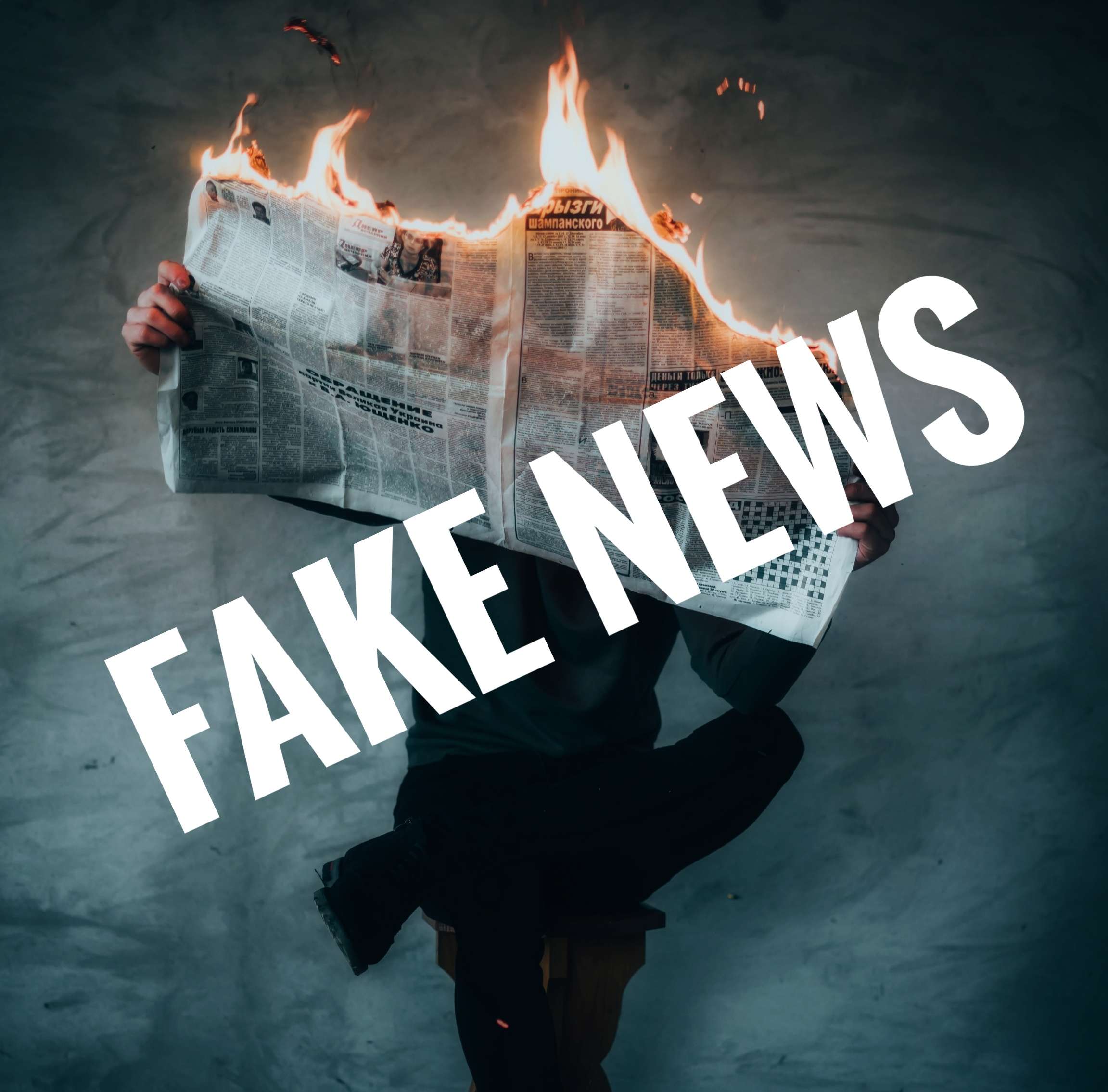
Indian TV news channels play a vital role in informing the public, especially during national crises. But with great power comes great responsibility. While it may not be possible to prevent every mistake, news organizations must take extra care to avoid spreading misinformation and creating unnecessary panic. At the same time, viewers should stay alert, double-check facts, and rely on official sources for critical updates. Only by working together can we ensure that truth prevails over rumors, especially in times of crisis.
With inputs from agencies
Image Source: Multiple agencies
© Copyright 2025. All Rights Reserved Powered by Vygr Media.

